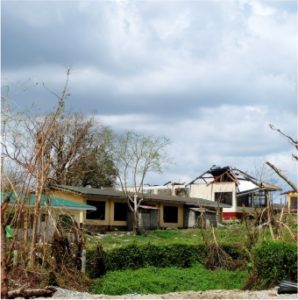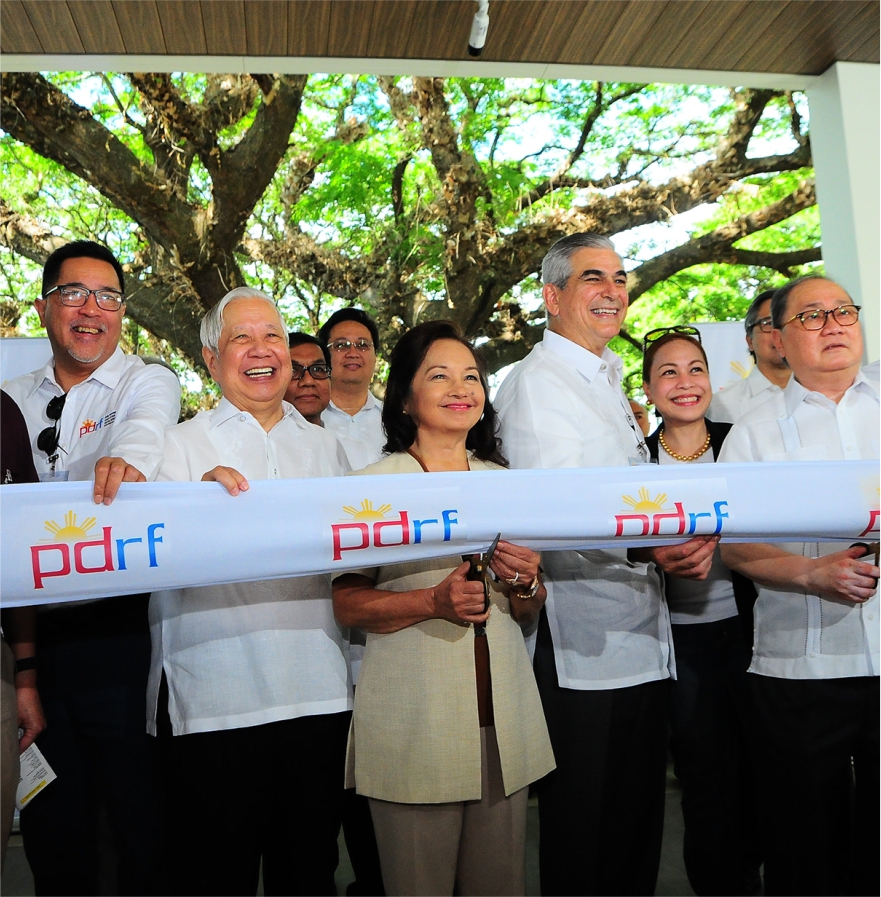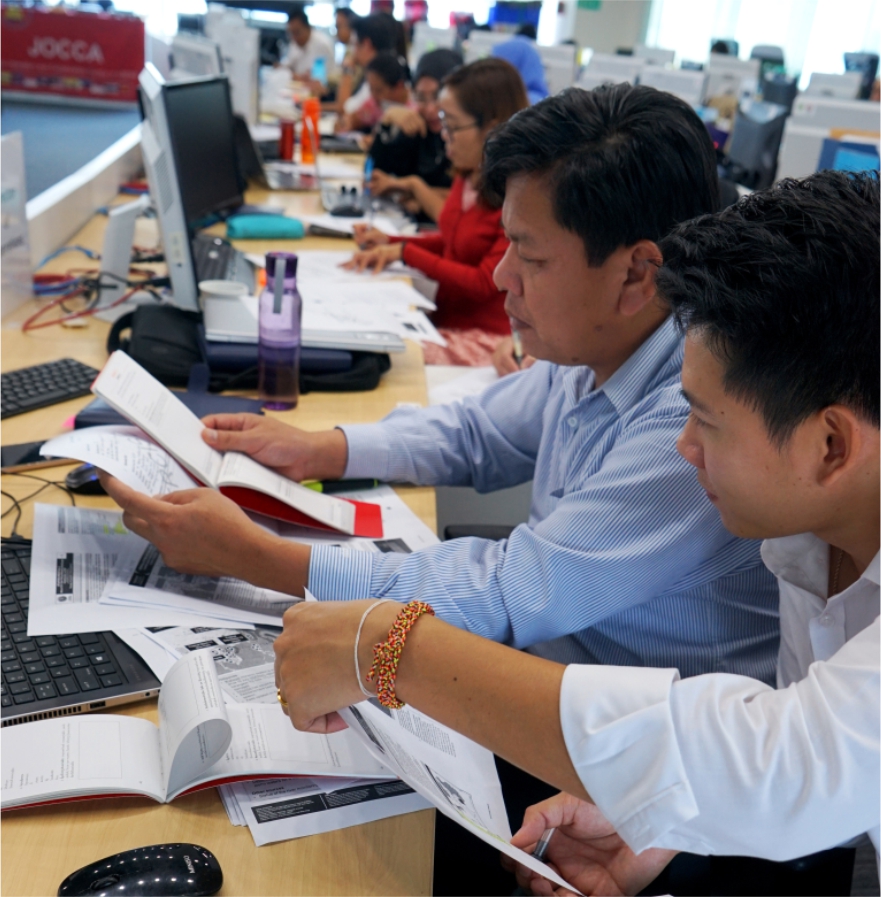the Column Vol 43

ONE ASEAN ONE RESPONSE
FOR TYPHOON MANGKHUT
By mid-September it was all-hands-on-deck in the AHA Centre, with the monitoring team tracking the formation of largest storm cell of the year so far, as it made its way across the Pacific Ocean with a population of millions across the Philippines directly in its path.

ONE ASEAN ONE RESPONSE
FOR TYPHOON MANGKHUT
By mid-September it was all-hands-on-deck in the AHA Centre, with the monitoring team tracking the formation of largest storm cell of the year so far, as it made its way across the Pacific Ocean with a population of millions across the Philippines directly in its path.
MONTHLY DISASTER REVIEW AND OUTLOOK
SEPTEMBER | DISASTER MONITORING & ANALYSIS (DMA) UNIT AHA CENTRE
With the Northwest Monsoon season coming to an end between late September and early October, weather patterns in northern ASEAN will shift from wet with heavy rainfall towards a drier and cooler climate. Occasional storms and thunderstorms may still cause flash floods within certain parts of northern ASEAN. During September, the Philippines experienced Super Typhoon Mangkhut, which passed through the nation’s Northern regions and islands around the vicinity.


NATURAL DISASTER TYPES
GEOPHYSICAL (EARTHQUAKES)
Situated on the Ring of Fire, the ASEAN region faces one of the greatest threats of natural disaster due to geophysical activity along this active belt of tectonic plates. Following on from volcanoes in the last edition, another key disaster threat categorised into the geophysical type are earthquakes, as well as a range of related disasters that can occur as the result of earthquake activity. Earthquakes are another form of geophysical events that have triggered disasters in ASEAN during recent times. Therefore, understanding the varieties and impacts of earthquakes is important for disaster management across the region.



